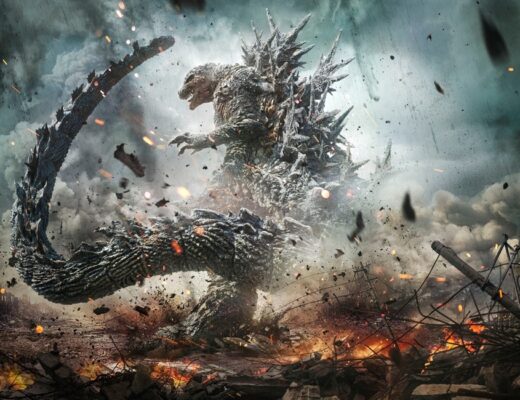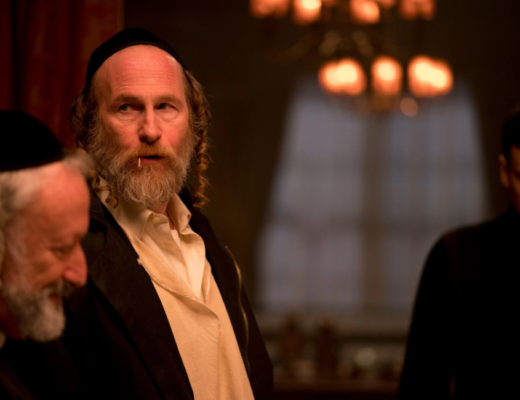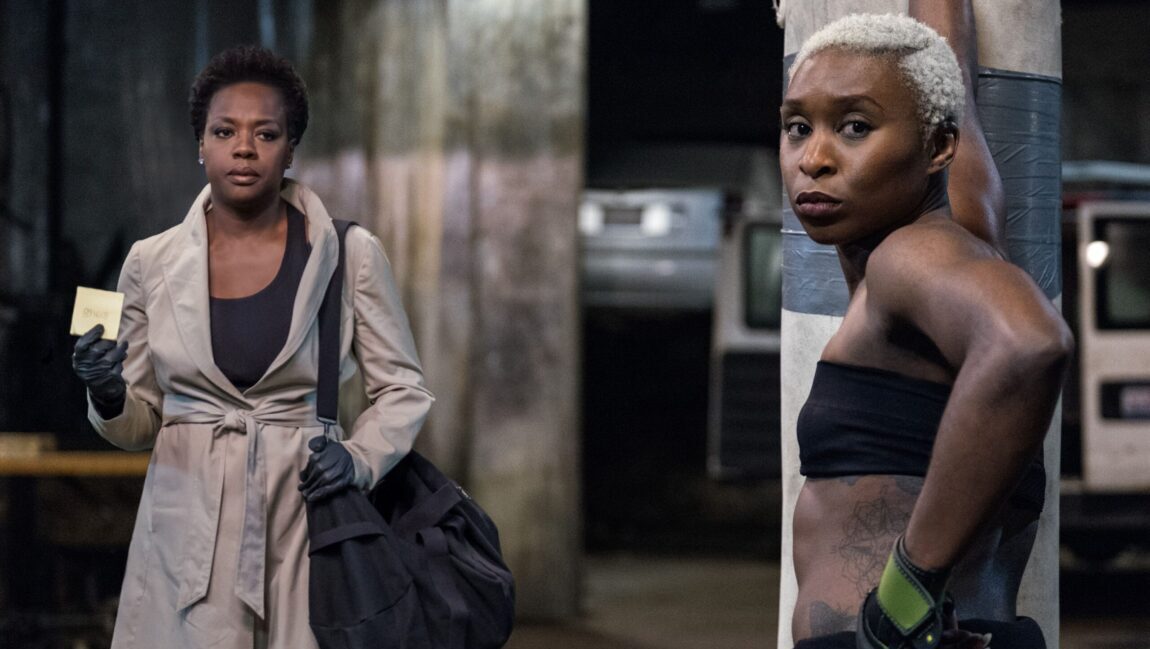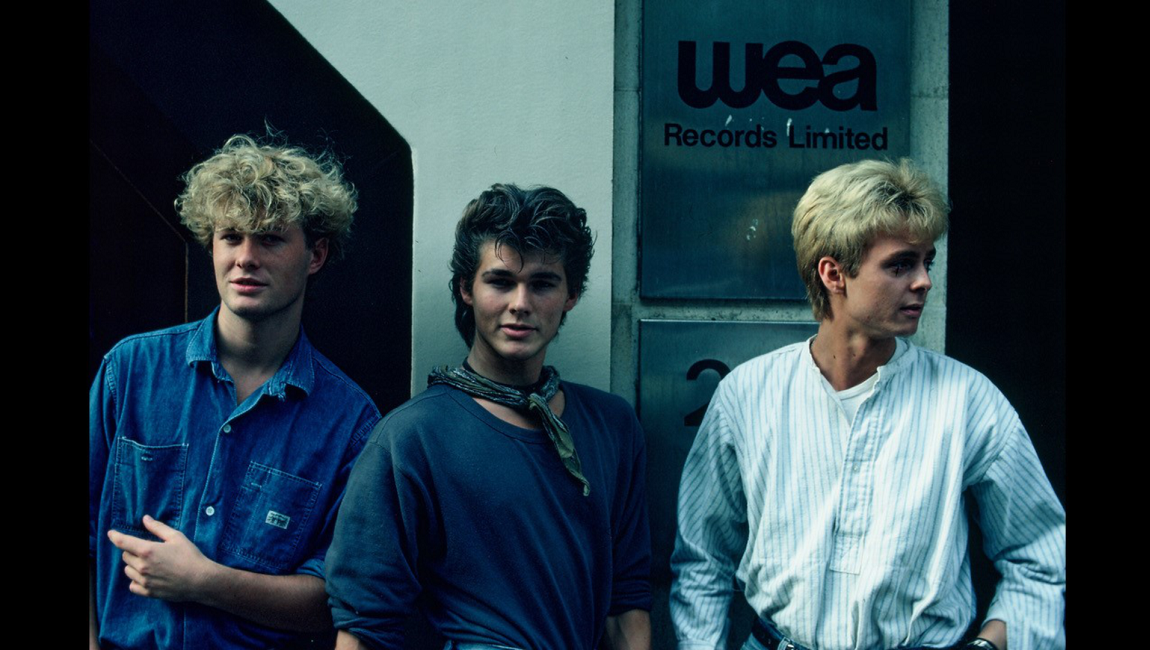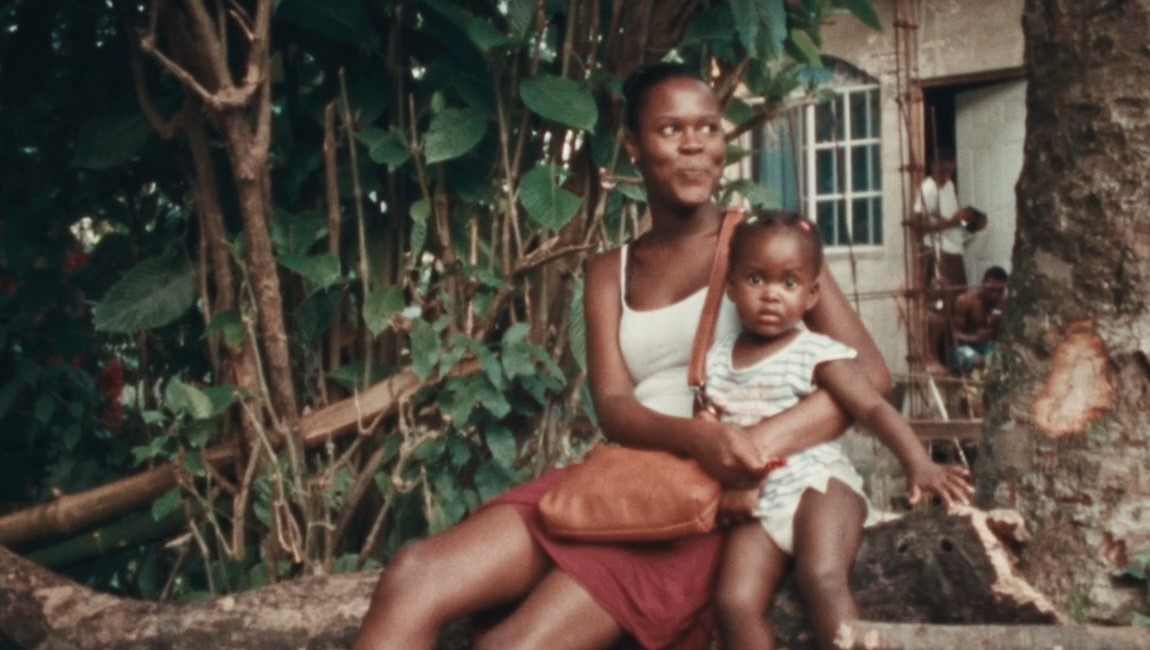“Imagination is a force that can actually manifest a reality. Don’t put limitations on yourself. Others will do that for you.” — James Cameron
When Avatar hit cinema screens in 2009, the reception it garnered was unprecedented even in retrospect. The film’s raison d’etre, it would seem, hinged primarily on its technological prowess and novelty, rendering real its director’s visionary architecture of a sci-fi medium no longer bounded, or defined, by want of visual. Roger Ebert, ever the benchmark for cinematic history’s lasting first impressions, lauded Cameron’s decade-long pet project as “extraordinary,” drawing inevitable but nonetheless highly favorable comparisons with Star Wars which, as a truth universally acknowledged by both fans and haters, irrevocably changed the rules of the game since its time. Earlier predictions of Avatar’s box-office performance were, however, far less enthusiastic — there had been much skepticism over Cameron’s incorporation of motion-capture technology into its purportedly organic Na’vi world-building, never mind that the film’s central conceit was, in fact, its eponymous virtual avatar, deployed remotely to interact with an alien world while ensconced within the rational certainty of human Earth. Such skepticism had its justification; the visual technology required for seamless translation between live and digital interfaces was lacking in prior productions, frequently rendering the latter ineffably stilted and uncanny. Cameron’s above-referenced wager, then, exploits the benefits of hindsight (it was made in 2010 at a TED conference, after the film had crossed the $2 billion mark) to offer a still-accurate maxim for image-making: dream big, sapere aude, and keep up with the tech and times.
It’s easy, today, to take for granted the idealistic naïveté of this maxim and to prescribe its trenchancy in an era assumed to have been saturated point-blank by blockbuster economics and tedium. In reality, the seeds of Marvel imperialism were already in germination by the release of the first Iron Man — in 2008 — and the use of motion-capture outside the purview of franchise formulae had still been the conjunction of varying other factors: an affinity for risk, directorial clout, a lot of money (sure), and, crucially, an appetite for experimentation. Five years prior to Avatar, Robert Zemeckis made headlines with the world’s first all-digital capture film (as touted by the Guinness World Records) in The Polar Express, a fantasy adventure animation starring Tom Hanks and based off Chris Van Allsburg’s 1985 children’s book of the same name. Zemeckis, at this point, was already an American household name, and an inventive one at that; having been mentored by Steven Spielberg, and having pioneered as a relatively mainstream trope the live-action and animation hybrid in Who Framed Roger Rabbit, the director’s creative achievements had arguably outshone his already numerous accolades. The larger takeaway from Zemeckis’ pre-2000s oeuvre, more so than their commercial and even critical successes, lies in these films’ affinity for earnestness without incurring dogmatism. That is, neither the maudlin sentiment associated with their crises of individual and national faith, nor the audience-friendly narrative beats they peddle, quite detracts from a certain momentum contained within, a momentum which always unhinges the message from its glossy medium and rarely consigns the director to the cookie-cutter legions of pure pastiche and mimicry.
Van Allsburg’s book, inspired by its author’s childhood memories of visiting department stores, follows a young boy on Christmas Eve as he is awakened in the dead of night by a mysterious train lying in wait outside his house. The unnamed boy, after some deliberation, boards the train, bound for the Arctic and host to many fellow children from all walks of life. Zemeckis’ adaptation, like the novel, traverses magical realism with steadfast commitment to both: ethereal are its sequences — a perpetual night over snowy landscapes, frozen lakes, the wilderness beyond family — and childlike is its first-person wonderment toward the start of a potentially never-ending pilgrimage in search of the truth of Christmas, but the film’s tactility spurns easy categorization either as pure fantasy or as ironic distance par excellence. The motion capture painstakingly utilized and painfully derided in some circles as emblematic of the uncanny valley comes across as primitive, stunted, artificial; and several of The Polar Express’ musical numbers embed a layer of separation between the protagonist’s encounter with his magical world and our narrativization of it. Yet, it’s precisely through this motion capture — intended to express and eternalize a phenomenology of the mystical — that Zemeckis can be said to encode a kind of critique against the cultural status which fantasy enjoys or suffers from: either as wholly and pre-critically pristine, unsoiled by commercialization, or irreversibly tainted from contact with this latter nexus of branding and art.
The bulk of The Polar Express transpires onboard the train, where our boy wanders through compartments, each time befriending someone or embarking on a high-speed quest against time to stall it — locating a missing ticket stub, stopping the train from barrelling into a herd of reindeer, or steering the vessel across fragile deadly terrain. But the film’s phantasmagoric climax isn’t in the boy’s encounter with the otherworldly, inexplicable characters or circumstances while in transit; it occurs over the second half, when the train reaches its destination and the children disembark collectively. There, the boy and his girl companion get lost in a labyrinthine city, European and Romantic in style and home to Santa’s legions of crimson-clad elves, scampering through narrow alleys and state-of-the-art conveyor belts upon which the work year’s quota of presents is meticulously processed, packaged, and shipped out. Such unrelenting world-building, maximalist in its disregard for narrative parsimony up until the boy’s inevitable encounter with Father Christmas, discloses (and this is, perhaps, typical of Zemeckis) an ideological ambivalence given the contested perspective it adopts in presenting the tinseltown. Between the production and consumption of fantasy, and between the simplistic traditionalist reading of the film and its oneiric, almost terrifying dissolves separating time and place, it’s hard to imagine a more creative employment of motion capture in capturing the book’s autobiographical motions, tracing the no-man’s-land dividing childish awe and adult cynicism in a manner that nary panders to either.
Zemeckis’ follow-up to The Polar Express refurbishes this employment somewhat, immersing the technology into unambiguously anachronistic waters this time. Beowulf, released in 2007, much more closely resembles the textures and theatrics of medieval role-playing gameplay even as it, with relative fidelity, reimagines the Old English epic as both moral parable and satire. Starring Ray Winstone as the titular hero, Beowulf follows him to Denmark on royal request by the King Hrothgar (Anthony Hopkins) to slay a legendary monster named Grendel, who has plagued the kingdom for years and disrupted all merrymaking with gruesome offensives entailing dismemberment and death. Among the unofficial “Mo-Cap” trilogy, Beowulf displays (befitting both its thematic concerns and its context of production) intermediate visual depth and detail, not as clumsily idiosyncratic as its modern counterpart but not yet enmeshed in the realism of Victorian London that A Christmas Carol would later render. Its machinations, plot-wise, are tauter and more action-oriented than The Polar Express’, embracing a fluidity that would later embody Ebenezer Scrooge’s existential travails through time.
More than literal anachronism, however, Zemeckis’ direction wryly imparts a sense of irony through the realization of ancient spectacle via modern lenses. Screened theatrically in 3D and making liberal use of sweeping bird’s-eye shots to juxtapose man’s mortal courage against enduring monstrosity, Beowulf evinces a hyperreal quality and deliberately so: the motion capture, visually rudimentary but kinetically charged, paints an enhanced picture of folkloric hubris and tragedy, conveying the farce of generational greed and temptation through the fetishistic excesses of modern technology. Unlike, say, an alternative rendition of the poem committed to typifying a more “authentic” realism with reduced emphasis on its poetic and fantastic tropes, Zemeckis’ version embraces the opportunity of interpreting a rarely visualized narrative, prompting beyond the superficially risible attempt to inject fantasy into reality (and vice versa) a much more radical stab at storytelling ambiguity and revisionism. Courtesy of screenwriters Neil Gaiman (of Sandman fame) and Roger Avary (The Rules of Attraction), Beowulf’s deviation from the otherwise traditional representation is equal parts cosmetic and cerebral, transplanting the original text away from its subsequent co-optation under Christian moralism and injecting multiple interpretive strands into its veins.
The mother of evil, for instance, is Angelina Jolie, sensually nude and siren-like; she stands as Beowulf’s feminine counterpart, a force of nature equally, if not more, potent than mythology. As with The Polar Express and its unreliable adjudication of Santa Inc., Beowulf presides over its own narrativization with more than a little ambiguity. The sexual, moral, and even authorial anxieties which emerge from Winstone and Jolie’s trysts, coupled with Zemeckis’ pathetic rendition of Grendel opposed to a typically fearsome one, situate the work within a liminal gray area whose comingling of irony with sincerity, Snyderian excess with creative restraint, accords the filmmaker a status rare among the Hollywood group and amidst the zeitgeist of technological servitude. The same can’t quite be said of A Christmas Carol, premiering two years after Beowulf and — this time — under Disney’s banner. But neither does the absence of overt satire diminish its creative and thematic worth.
If anything, Zemeckis adapts Charles Dickens’ best-selling novella with a whimsical playfulness that triumphs its predecessors, inasmuch as it’s situated smack under the template of classical, British, and family-friendly dispositions. The miserly character of Scrooge, virtually unrecognizable as being inhabited by Jim Carrey and bearing a greater resemblance instead to Arthur Schopenhauer, bemoans his way through middle age and bachelorhood with a gruffness made endearing possibly by virtue of the actor’s ingrained comic shticks. Not much deviation from the source novel can be found here: Ebenezer Scrooge is visited by the Ghost of Christmas Past one not-so-fine evening, who shows him the sordid future in store for him in light of his miserable past, and urges a drive toward redemption. Interestingly, however, A Christmas Carol’s conventional qualities relative to its Mo-Cap predecessors signal an intentional deployment of motion capture as realism, translating the Dickensian reproach of Victorian inequity faithfully to the screen and embellishing it, somewhat, with a little saccharine optimism from the Mouse House. This is not to say that the latter’s feel-good atmosphere, established strongest in the film’s denouement, overpowers most of its runtime; on the contrary, Zemeckis notably endows his otherwise beatific representation of Christian goodwill with rapt images of the diabolic: as Scrooge is whisked away into his childhood and relives his disillusionment with love and fellow society, his personal fears of loneliness and death are amplified with frightening potency into paralyzing specters of vice and decay. Reduced to mouse-size one moment as Death chases him on a ghost carriage, and confronted with the figures of street urchins transformed in his very face into criminals and prostitutes, Scrooge fights with his will for the right to live, and — by virtue of the kineticism and immediacy with which Zemeckis fleshes out these darker preoccupations — so do we.
There is, of course, a caveat to Zemeckis adapting Dickens for Disney and retreating from the expansive, almost anti-heroic theatrics of Beowulf to safer waters, in that the motion capture technology now intensifies across Scrooge’s transformative journey to both boon and detriment. As anticipation fades to expectation, the luster formerly sought in the unexpected mellows into knowing fabulism. From a broader, biographical point-of-view, though, the evolution of motion capture in Zemeckis’ oeuvre tends to its logical conclusion as an artform assimilated into a cultural norm, channeling a social realism mediated through comforting fantasy and keenly reflective of London’s city life and moods, miniature and specific. It also exemplifies, to a considerable degree, advancements in the visual technology which prove more harmonious with the representation of “real,” contemporary mores and political sensibilities, and less with forays into the avant-garde.
Yet Zemeckis isn’t entirely out of the woods his creative outputs have cultivated. His figure in American film consciousness can be sectioned, with qualification, into the identities of artist and magician. The artist Zemeckis expresses ideas and images both piercingly humanist and poignantly current; the magician stages these ideas and images with what his patrons pay to see. The trompe-l’œil in the hat trick is very effortlessly dismissed as the illusion of a truth sold out, the lazy capitulation of the prosaic to the postmodern. These may well be true: opinion diverges tremendously on the titan’s recent filmography among both auteurists and amateurs, purists and revisionists. But let us take a leaf out of his films, and consider the worlds, dialogues, and landscapes captured in them that may very well never have been; that they are, and are real both to their inhabitants and to us, fashions for them a very decent case.
Part of Robert Zemeckis: Movie Magician


